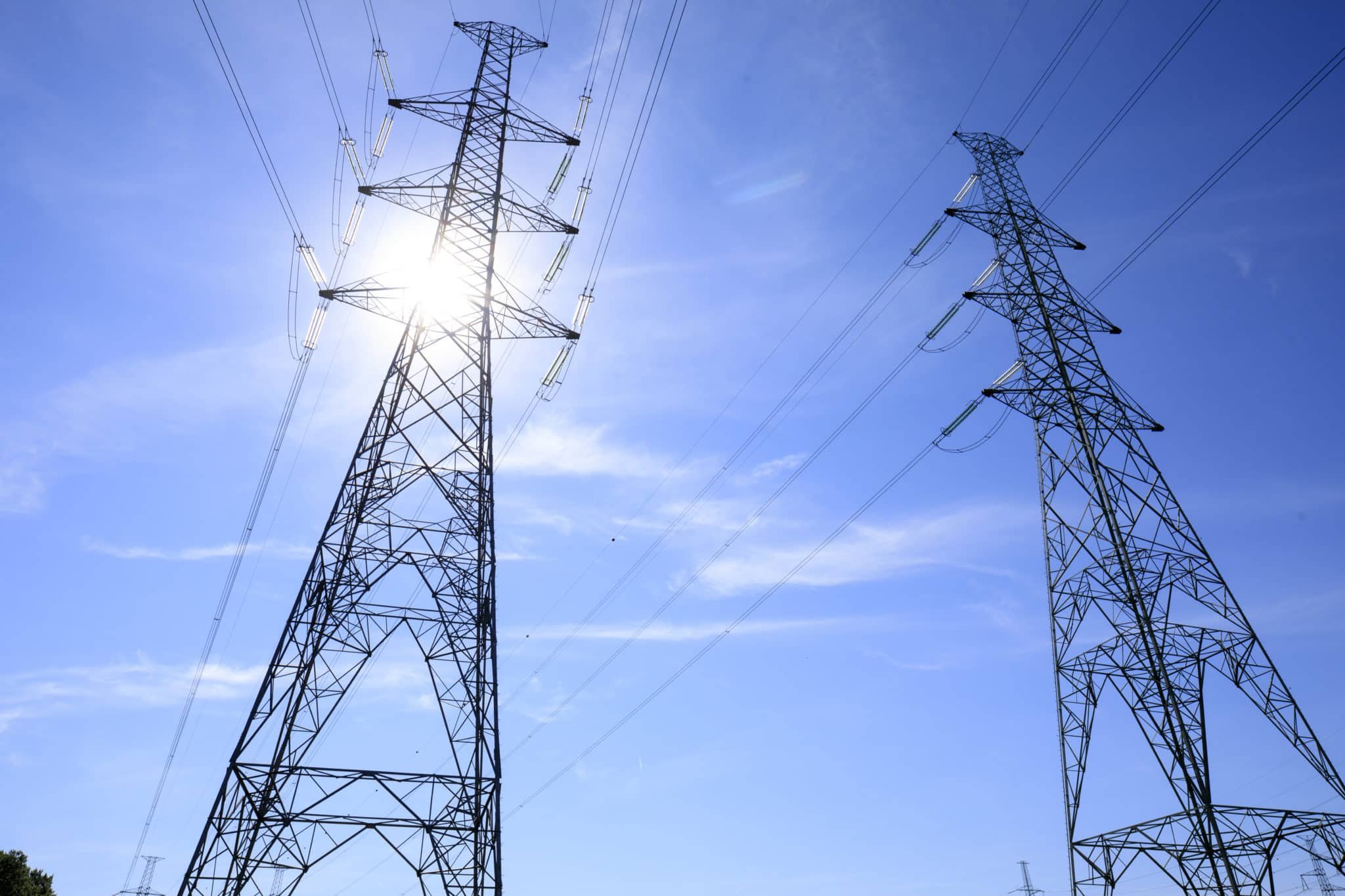from the World Bank to enhance Zambia’s energy sector and strengthen regional power integration. The project aims to increase electricity transmission capacity and improve the reliability of power supply between East and Southern Africa.
The funding package includes $245 million from the World Bank’s International Development Association (IDA), $17 million from the UK’s Foreign Commonwealth and Development Office, and $30 million from the European Union. This financial support will help Zambia address key challenges in its energy sector, ensuring sustainable power distribution and greater access to electricity.
ZTIP involves the construction of a 620 km, 400 kV double-circuit transmission line connecting Iringa in Tanzania’s Southern Highlands to the Zambian border and extending to Sumbawanga. A new substation will also be built at Tunduma, near the border, to facilitate the interconnection of the Tanzanian and Zambian power grids.
According to Yadviga Semikolenova, World Bank Energy Practice Manager for Eastern and Southern Africa, the project will enhance Zambia’s resilience to climate shocks by strengthening its transmission infrastructure and supporting renewable energy development. By expanding the energy network, ZTIP will help diversify Zambia’s power supply and reduce dependency on hydropower.
World Bank Country Manager for Zambia, Achim Fock, emphasized that Zambia’s power sector faces financial challenges that have impacted economic growth. He noted that the ZTIP initiative aligns with both regional and national efforts to ensure long-term energy sustainability while promoting universal electricity access.


0d7bji